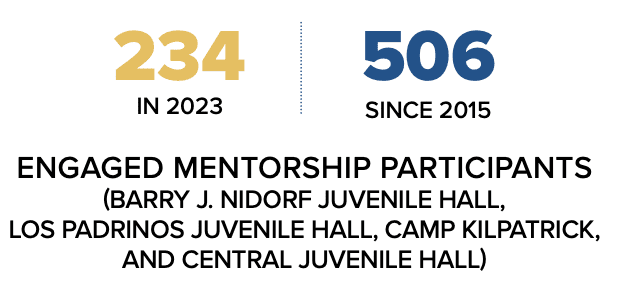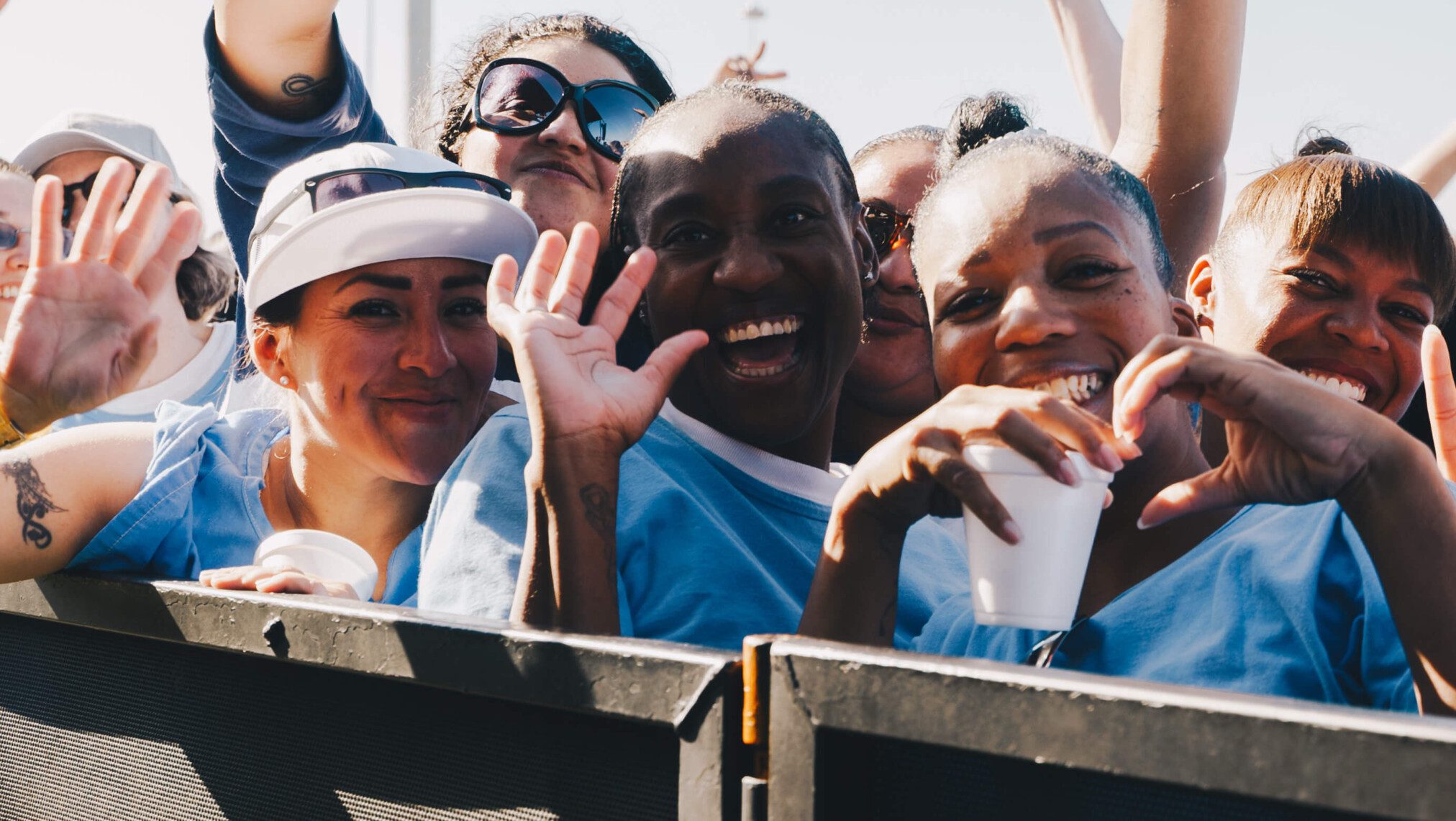2023 Impact Report
Our Membership experiences a three-year recidivism* rate of less than 10 percent compared to the statewide recidivism rate of 60 percent.
2,200+ participants in advocacy efforts since inception.
395 participants in advocacy efforts in 2023.



Served over 1,000 currently incarcerated youth to date, including 547 in 2023.
Provided reentry services to about 278 youth ages 18–25 in 2023.



71% union placement rate for Second Chance Apprenticeship Readiness Program.
69% Ventura Training Center job placement rate.




104,251.71 miles ARC staff drove in 2023.
396 clinical therapy sessions.
35 California bills passed and counting.
*ARC defines recidivism as a conviction of a new felony or misdemeanor committed within 3 years of release from custody or committed [date of offense] within three years of placement on supervision for a previous criminal conviction.
WHERE WE WORK
Our work in California is driven, in part, by a deep understanding of the racial and economic injustices that persist in our state. These injustices reveal themselves in alarmingly disproportionate numbers of Black and Brown people currently living in detention facilities.
Here are just some of the alarming statistics we’re working to change through our advocacy, policy work, and 360 programming.




In the US, 56,000 people have been sentenced to life without parole, more than the rest of the world combined. The US imprisons 83 percent of the people sentenced to life without parole worldwide.
About 5,000 people are serving life without parole in California, the third largest number of any U.S. jurisdiction.
Youth in L.A.’s probation camps are 16.7 years old on average but are achieving at a 5th-grade level in math and reading. 21 percent were classified as special education students, in comparison to the national average of 13.7 percent.
58 percent of probation-involved youth reported they had received a prior diagnosis of substance use and dependency. Over one-third of probation-involved youth have been in an alcohol or drug placement in the past.
Black people make up 6 percent of California’s population but account for approximately 30 percent of the state’s prison population, 25 percent of the jail population, and 26 percent of the probation population.
The racial disparity in imprisonment nationally is 4.8:1, meaning that for every 1 white person imprisoned, there are 4.8 Black people incarcerated.
In California, the racial disparity ratio is 9.2:1.
ON THE HORIZON
As we look ahead to the next ten years, we remain committed to building on three core initiatives:






PREVENTION WORK
To truly effect change in our criminal legal system, we need to stop overcriminalization and the flow of incarceration. In our next phase, ARC is emphasizing preventive care so we can change the circumstances that push individuals, especially our youth, into the correctional system. The goal is to enhance our team’s ability to provide support and guidance during transitional periods, which has a profound impact on keeping individuals from continuing down a path that is ultimately harmful—for themselves, their families, and their communities.
ENHANCED HOUSING & ARC HUB
Providing housing is a major factor in helping people who were formerly incarcerated successfully reenter society. Our goal is to acquire more housing facilities across the state of California and build an ARC Hub for Members to have a safe place to thrive and receive the support they need.
REPLICATION IN OTHER JURISDICTIONS
ARC’s success in California can and should be replicated nationwide. The goal is to reach into other jurisdictions and provide a roadmap for other organizations and states to follow. This includes empowering youth to spearhead and participate in legislative work and advocacy programs.
After a decade, our resolve and commitment is stronger than ever. We are steadily improving our programs and services to maintain the momentum toward making our communities safer, healthier, and more whole.
After a decade, our resolve and commitment is stronger than ever. We are steadily improving our programs and services to maintain the momentum toward making our communities safer, healthier, and more whole.

